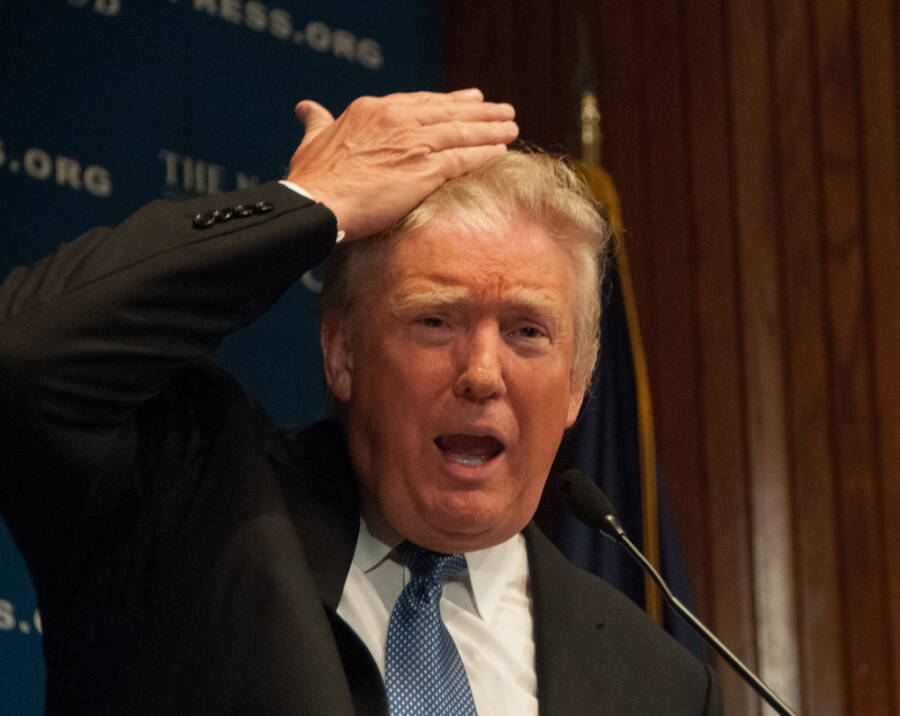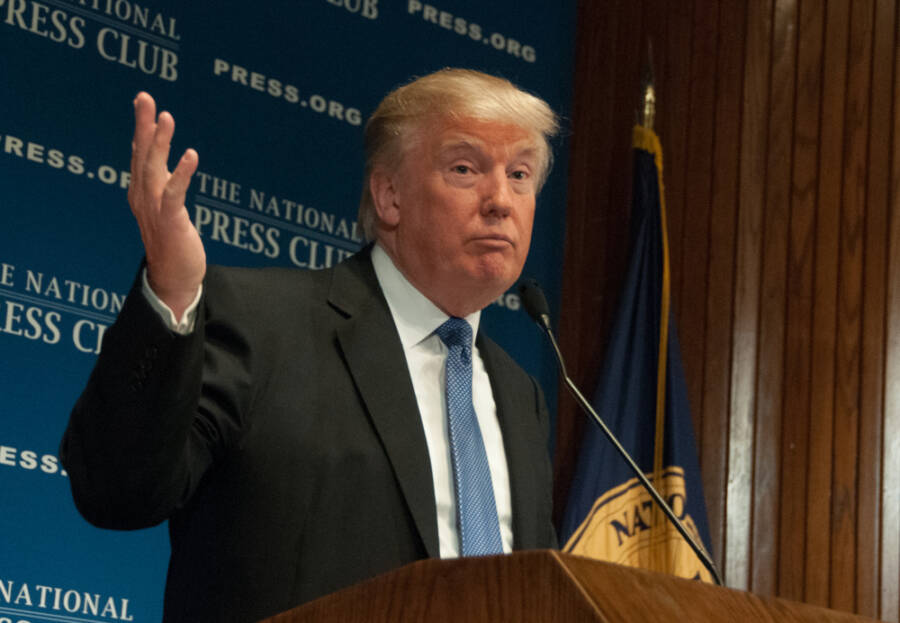A week later after former president Donald Trump was shot in the ear at a rally in Pennsylvania, his medical team is expected to release detailed records of his condition or treatment. While his campaign has pronounced him to be in good health, plenty of experts on gunshot trauma and emergency medicine declared there could still be outstanding questions.
They all emphasized that they might not be able to comment on Trump’s injury, especially since they aren’t able to examine him themselves. They also added that it might have appeared like a minor injury, but they also stated that in some cases (Trump’s included), it would still be important to rule out any injury to the brain or neck.
It might seem like nothing but a graze to Trump’s ear, but a ballistic injury that close to the head and brain isn’t all that trivial. Here’s how experts think that these injuries might affect Trump. Here are a couple of thoughts on all the lingering questions that haven’t been publicly addressed yet.

How emergency doctors approach gunshot wounds like the one Trump has
In a recent interview with STAT, Amy Faith, an emergency physician who works at Baylor University Medical Center elaborated on how gunshot wounds close to the head are generally easy to treat. “At first, our concern would have revolved around things like brain bleeds, arterial bleeds, or even vascular injuries, like something known as dissection.
We would also get quite concerned about bony injuries, so fractures and specifically a skull fracture or a cervical spine if it hit close to the neck.” She also added that besides the obvious inner and external ear injuries, the force of ballistics at that proximity would make the skull fractures and head bleeds a real and considerable risk.
Injuries of this kind would also require CT scans of the head and the neck, which would allow evaluation of the arteries in both. Then, she added that if it were her, she would also check for hearing loss, vertigo, and dizziness.
Nicholas Namias, the chief of the division of trauma and acute care surgery at the University of Miami Miller School of Medicine made another interesting note: the biggest concern with gunshot wounds close to the head is always a brain injury.
After all, these weapons are known to be high velocity, and you can actually get a brain injury with what looks like a graze, without even a fracture to the skull. Following the initial treatment of the local wound and a CT scan to detect potential brain damage, Namias also added that he would rather refer the patient for psychological testing.
The wide majority of people don’t even have it filmed. He can also see it over and over again, so this has got to be harrowing, so you would screen someone like that for post-traumatic stress disorder.
Any gunshot wound to the head is meant to be treated seriously, as Matthew Mostofi, associate chief of emergency medicine at Tufts Medical Center explained. Most gunshot victims are easily assessed to make sure their airway is open, the neck is stabilized, and they are breathing.
Another rapid way to do this is to ask for their name. If they say “My name is Donald”, you respond with “Great, you’re breathing.” Then, you proceed to examine them. Mostofi also emphasized that he couldn’t diagnose Trump from a distance but also said that the information he had heard also implied Trump had only sustained an injury to the pinna, or outer ear.
That’s not a life-threatening injury.
Ear injuries have quite a specific potential complication that Trump’s medical team would probably search for, like a “cauliflower ear”, which is a malady that’s often seen in wrestlers. It occurs when the skin and cartilage of the ear become separated by a hematoma and the cartilage doesn’t get enough oxygen as the wound heals.
One effective remedy is to use a pressure bandage right after the injury, so you can make sure that the skin and cartilage are in contact. The ear is an interesting little appendage. It’s skin over cartilage and there’s not too much blood supply.
He also stated that perichondritis, which is an infection of the ear cartilage, remained a risk and might have been more serious than an infection of the skin. Mostofi added that patients who had fallen or even experienced tenderness in their neck might be sent for more imaging, just to rule out issues to the head, neck, and spine, especially if they are much older.
However, they said that “if you hadn’t fallen or suffered from any tenderness, then imaging isn’t needed.” In this case, concussion wasn’t a potential issue either, since the bullet had been fired from a long distance. “Barotrauma” or damage to the eardrum by a pressure change when a gun is fired in the vicinity might be a risk, but that’s also not the case here.

Open questions about Trump’s ear injury
For now, there hasn’t been any release of official medical reports from those who treated Trump, and also no release of test results or imaging following the shooting. What’s known is that after the shooting early Saturday evening, Trump was taken straight to Butler Memorial Hospital in Pennsylvania, where staff treated his injuries.
He was also released within a couple of hours on the same day. Trump said Saturday in a post that he had been “shot with a bullet that pierced the upper part of my right ear.” Probably the most detailed medical informal is yet to come from Trump’s former White House doctor, Republican Ronny Jackson of Texas, who also said he examined Trump right away before the start of the Republican National Convention.
He also stated on a podcast that the bullet had taken off a chunk of Trump’s ear. “He was quite lucky.” As Jackson added on The Benny Show. “It was far enough away from his head to leave no concussive effect from the bullet, and it just took the top of his ear off.”
Jackson also added in The New York Times that he had changed the bandage on Trump’s ear and that it was large “mainly because you need a bit of absorbent”, and “you don’t want to be walking around with a bloody gauze.”
Trump also told Jackson that if he hadn’t pulled his head back a microsecond before the shooting to gesture toward a graphic behind him, “the bullet would have entered his head.” He also added that Trump told him: “That chart that I was going over saved my life.”
His son, Eric, told CBS News this morning that his father didn’t receive any stitches, and that he was doing well. In the aftermath of the attempted assassination, more detailed information from official medical sources is yet to be released, which is a cause of concern for some observers.
All in all, we can easily say that former president Donald Trump got very lucky. He is expected to make a full recovery, and as for his ability to function and recover, it won’t be an issue.
If you found this article interesting, you can also check: Vitamin B12 Deficiency in Older Adults: 10 Signs and Symptoms You Should Know About






